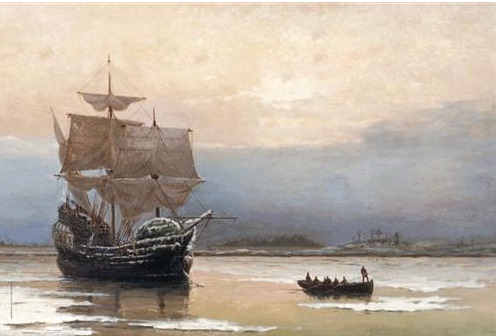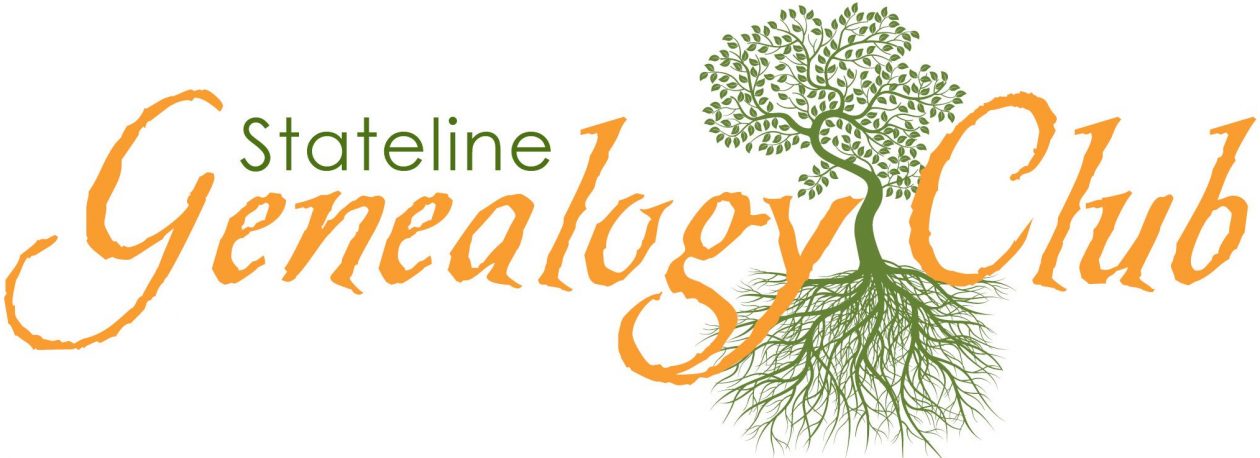(Vicki’s note – Family Tree Magazine article Wednesday, May 11, 2016
Five Resources For Finding Early Immigrants to the US
Posted by Diane Haddad)
Looking for early immigrants to America, before passenger lists were required in 1820? Try these resources, which you’ll learn more about in our online workshop How to Find Your Ancestry Before 1850, May 16-22:
Passenger and Immigration Lists Index, 1500s-1900s: This index by P. William Filby and Mary K. Meyer compiles information from a variety of records. It’s in print at many libraries and searchable on Ancestry.com, MyHeritage.com and through HeritageQuest Online (available at many libraries).
(Vicki’s Note – including through the Beloit Public Library homepage “Beloitlibrary.org” which has HeritageQuest and several other Badgerlink for Genealogists resources. Badgerlink is paid for by The state of Wisconsin, so only available on Wisconsin computers, or elsewhere if you have a Wisconsin Library card. Other states/countries will have similar database resources from their public libraries)
Early passenger lists: A few early lists exist. For example, Philadelphia passenger lists from 1729 through 1808 (with a break during the American Revolution) are transcribed in Pennsylvania German Pioneers by Ralph B. Strassburger and William J. Hinke, and the National Archives has microfilm of some early lists for New Orleans and Philadelphia lists.
Land records: The colonies of Virginia and Maryland made land grands to those who sponsored immigrants. The patent or headright would name those transported.
Naturalization records: In the Colonies, non-English immigrants had to swear oaths of allegiance as part of the citizenship process. The US passed its first naturalization act in 1790. These records have sparse information but may include the date, ship name and port of departure.
Newspapers: Articles might announce new arrivals or carry notices of those seeking missing immigrants. Using a digital newspaper site such as Chronicling America, Newspapers.com or GenealogyBank can save you hours of scrolling.
How to Find Your Ancestry Before 1850 also covers the 1790 through 1840 US censuses (which name only heads of households), tax records, “cluster” research, and other strategies and records for researching early Americans. See a workshop program at FamilyTreeUniversity.com.
